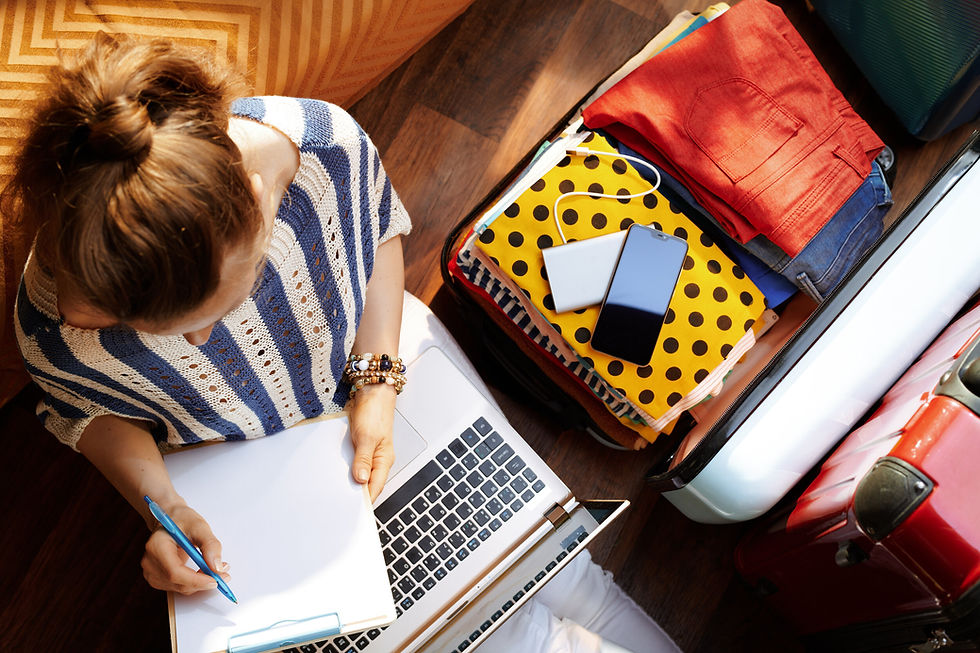NAVIGATING EVER-CHANGING COVID-19 RULES
- Campbell CERT
- May 11, 2020
- 3 min read

All over the country rules and mandates are being rewritten by local and state governments to accommodate the ever-changing needs of the individual communities. Sometimes these rules change weekly as new information comes to light. Neighboring counties can have vastly different rules—one county is on strict lockdown while their next-door neighbor has opened up beaches, parks and non-essential services. People from high-risk communities may visit your community. How do you stay safe in those situations when the level of adherence to rules may be different and therefore may put you at more risk? For the foreseeable future the prescription is hand washing, social distancing, and face coverings.
Hand washing/sanitizing: We’ve said this from the early days of the pandemic, but it’s more important now than ever—wash your hands frequently when outside of your home. If you are not able to wash (for 20 seconds) then using an alcohol- (≥60%) based sanitizer is a good alternative. Hand washing/sanitizing is the first habit people forget when they feel free to venture out into the world, but one of the most important to maintain. If everyone else is lax on hand-washing, there are going to be a lot more contaminated surfaces. Make sure you’re not carrying those germs home. Gloves or no gloves?: In medical situations where gloves are changed out and discarded after every patient, they are an effective way of reducing viral transmissions. For the general public however, gloves are often worn throughout the day and the same germs that are transmitted on our hands are transmitted with the gloves. The difference is, we can wash/sanitize our hands throughout the day, and unless you have endless boxes of gloves, you can’t change them out so easily.
Social distancing: Six feet distance between yourself and other people outside your household has been the rule, but as people feel more free to move around outside, this is another one of those habits that people tend to drop. How do you gauge 6 feet when you’re walking your dog or hiking? In the city try to keep at least 3 sidewalk squares between you and other walkers. Where there are no side-walks to give visual clues, remember most people’s strides are around 2 feet per step, so keep a distance of 3 steps from others and you’ll be ok. When people pass close by in a store, where you can’t always have 6 feet distance, turn your face away. Every little action counts.
Masks/face coverings: This has been the toughest rule for most people. Masks are hot, uncomfortable and can be difficult to breathe through. There is a lot of controversy and argument over who, how and when; but the fact is, for most of us, wearing a mask is beneficial in keeping the virus at bay. You may find you’re more comfortable with a different style, or a different material, so try out others until you find one that is comfortable. If you’re purchasing masks from home sewers ask about the construction and if they can be washed in the washing machine. Masks are made with 1 to 3 layers of fabric and may include ‘filter’ layers of paper towels, coffee filters, or other products that contribute to difficulty in breathing or heat buildup. Reducing the layers may make a big difference in breathability and comfort. People with compromised health: We’ve heard that the elderly and people with “underlying conditions” are most at risk for severe symptoms, but what does that mean? This term can cover many medical situations from asthma, diabetes, organ transplant recipients, people who are malnourished and/or obese, people with heart or lung problems, people with immunocompromised diseases and people on certain medications like corticosteroids and some cancer treatments. It is best to consult with your doctor to understand what your personal risks are and then you’ll be better able to make healthy decisions for yourself.
When the floodgates open: One problem we see when restrictions on certain activities are lifted, is a mad rush by the public to engage in that activity. It’s up to you to think of your health and safety first, and consider the risk. If you are in a location where there are a lot of people, and social distancing and mask-wearing seem to be a low priority, then it may just be more prudent for you to forego that activity until it’s safer to engage. Just because restrictions on what we can do are lifted, doesn’t mean they are safe without the appropriate precautions. It’s better to walk away and be inconvenienced today, and save the special outing for another day when you can enjoy it without worry.



Comments